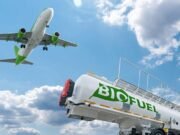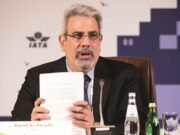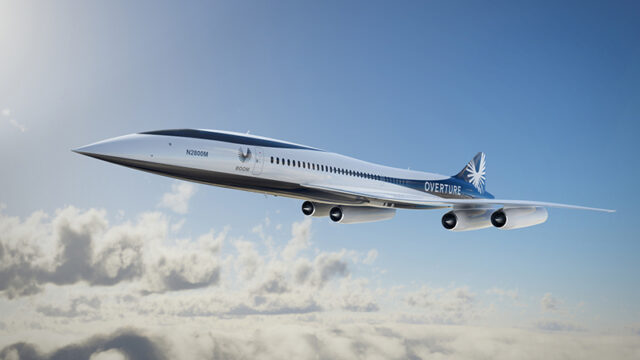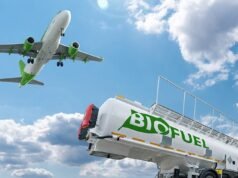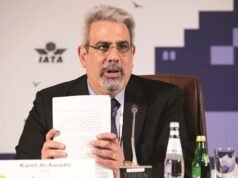Boom ‘revives’ supersonic air travel | Aviation startup Boom Supersonic has taken a major step toward its goal of returning commercial supersonic aviation to the skies, after the company’s prototype aircraft, the XB-1, left the ground for the first time this week. The short, subsonic flight over the Mojave Desert came years later than expected, but it shows that Boom is at least still making progress.
The XB-1 took off Thursday at 7:28AM PT, reached a maximum altitude of 7,120 feet, and a top speed of 246 knots (283 mph). It landed 12 minutes later at 7:40AM.
Boom’s overall mission is to launch Overture, the first supersonic commercial aircraft since the Concorde ended operations 20 years ago. The company has secured contracts with major airlines like American and United, as well as manufacturing and development partnerships with Florida Turbine Technologies and GE Additive.
However, some of the most significant news lately has been the loss of partnerships, specifically with Rolls-Royce. The British manufacturer of jet engines parted ways with Boom in 2022, leaving the startup to develop its own engines.
Notably, those engines are not used in the XB-1. Boom’s demonstrator aircraft, originally scheduled to fly in 2017, relies on a trio of 1950s-era J85 turbojet engines, the sorts used to power vintage aircraft like the Northrop T-38 trainer or F-5 fighter.
Overture, Boom’s full-size supersonic commercial airliner, will use four of the company’s own engines, which are still under development and will be called Symphony.
In an interview ahead of the flight, Boom CEO and founder Blake Scholl says that each Symphony engine will deliver roughly three times the combined output of the XB-1’s three J85 engines. Boom ‘revives’ supersonic air travel (Source: theverge)








